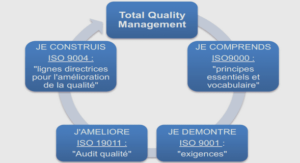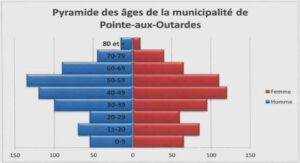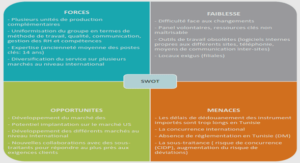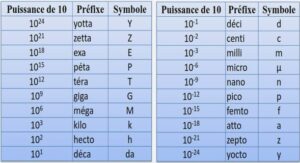Cycles limites de quelques classes déquations de Liénard perturbées
Les quations di⁄rentielles du deuxiŁme ordre surviennent dans de nom- breux domaines de la science et de la technologie. Le problŁme est plus per- tinent dans la thorie de la perturbation oø les orbites priodiques jouent un rôle principal [23; 25; 48; 33]:est-à-dire lorigine de ce systŁme est un centre isochrone. Quand nous perturbons un oscillateur harmonique, nous pouvons se poser les questions suivantes : Quelle sont les orbites priodiques qui per- sistent ? Quelle sont orbites priodiques qui gnŁrent des cycles limites ?x est la forcedamortissement, g(x) est la force de rappel et e(t) est la force externe), mais aussi servi comme un modŁle non linaire dans de nombreux domaines derecherche scienti ques lors de la prise de di⁄erent choix pour f (x), g(x) et e(t). Par exemple pour le choix f (x) = » (x2 1), g(x) = x et e(t) = 0, onCes quations peuvent considres comme une perturbation particuliŁre de loscillateur harmonique. Nous appliquons le thorŁme de la moyennisa- tion du second ordre a n dtudier les cycles limites de cette classe dquation di⁄rentielle du second ordre (4:1) qui bifurquent des orbites priodiques de ce centre à trouver les racines non du systŁme algbrique de deux quations à deux inconnus. En g- nral, le problŁme de trouver les racines de deux quations algbriques à deux inconnus ntude des cycles limites de lquation (4:1). Elle est organise comme suite : nous prsentons lexistence des orbites priodiques des centres isochronoses pertur- bs. Nous donnons quatre corollaires avec huit applications de ces corollaires et les preuves de ces rsultats.
Preuve du Théorème
Web Matrix is designed to be extensible and highly configurable, which allows it to be tailored to suit individual requirements. In this final section, we’ll look at the different ways that we can take advantage of this. We’ll cover:Just like ASP.NET, Web Matrix obtains most of its run-time settings from a configuration file. This file, named WebMatrix.exe.config, is located in the Matrix program folder: \Program Files\Microsoft ASP.NET Web Matrix\version\This folder also contains a file named ClassBrowser.exe.config, which contains the run- time settings for the Class Browser tool. The ClassBrowser.exe.config file is similar in format to the corresponding section of the WebMatrix.exe.config file.The format and content of Web Matrix’s configuration files is likely to change as the product develops, but the current version of WebMatrix.exe.config contains the following sections. Note that « saturn » was the early project/development name for Web Matrix, and is still used internally:
By editing the contents of these sections of the configuration file, you can change the appearance of Web Matrix, as well as controlling what items appear where in the IDE. We’ll look at some examples later in this section.If you find that your changes to the WebMatrix.exe.config file are not picked up when you next start Web Matrix, you should manually delete the Matrix.settings file in order to force Web Matrix to re-read the WebMatrix.exe.config file and generate a new WebMatrix.settings file when you close it down again. Note that this will remove any assemblies that you have added to the Classes window using the Customize dialog. To permanently add assemblies to the Classes window, you must edit the WebMatrix.exe.config file as shown in Customizing the Classes Window.
In Design Mode, you can edit ASP.NET pages, user controls, and HTML pages in Design view and HTML view (and Code view for ASP.NET pages and user controls). However, in this mode Web Matrix might reformat the code to XHTML when you switch to Design view (so that the resulting rendered appearance can be shown in the edit window). To prevent this, you can switch Web Matrix to Preview Mode, in which case the edit window only has the Source and Preview tabs for ASP.NET pages and user controls, and the HTML and Preview tabs for HTML pages. That way, content can only be edited in Source or HTML view and switching to Preview view does not cause it to be reformatted:The previous screenshot also shows a drop-down list in which you can specify which view (tab) should be the default when you are using Design Mode. If you prefer you can change the Default View from Design (where the Design view tab is open in the edit window by default) to Source. With this setting, the edit window opens in Code, All, or HTML view by default – depending on the type of file you are editing.





